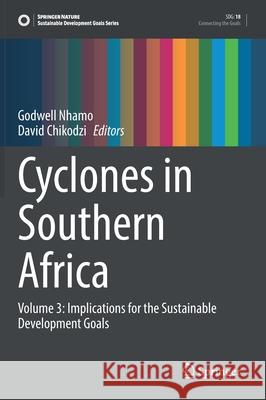Cyclones in Southern Africa: Volume 3: Implications for the Sustainable Development Goals » książka
topmenu
Cyclones in Southern Africa: Volume 3: Implications for the Sustainable Development Goals
ISBN-13: 9783030743024 / Angielski / Twarda / 2021 / 396 str.
Kategorie BISAC:
Wydawca:
Springer
Seria wydawnicza:
Język:
Angielski
ISBN-13:
9783030743024
Rok wydania:
2021
Wydanie:
2022
Numer serii:
000812045
Ilość stron:
396
Waga:
0.81 kg
Wymiary:
25.4 x 17.78 x 2.06
Oprawa:
Twarda
Wolumenów:
01
Dodatkowe informacje:
Wydanie ilustrowane











